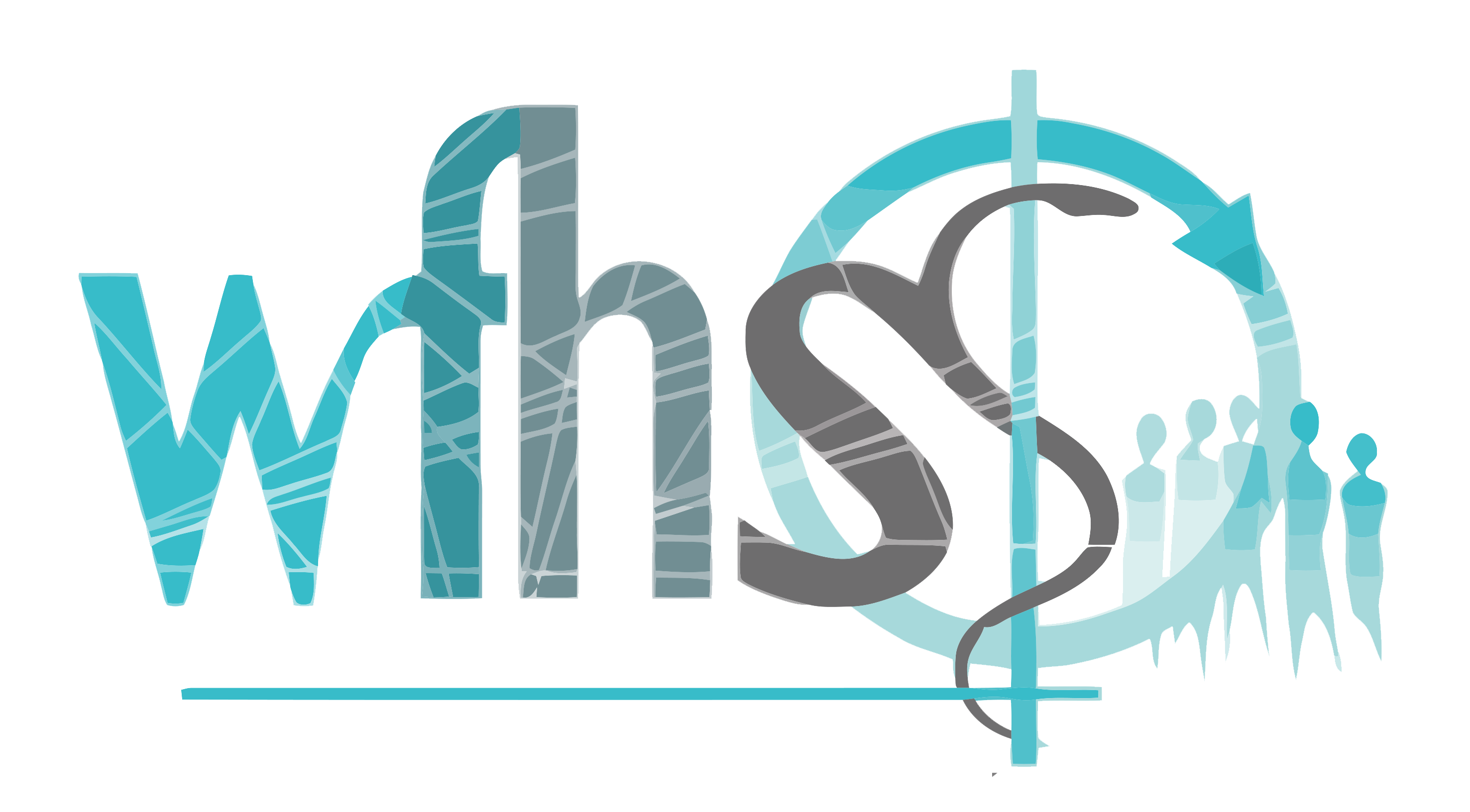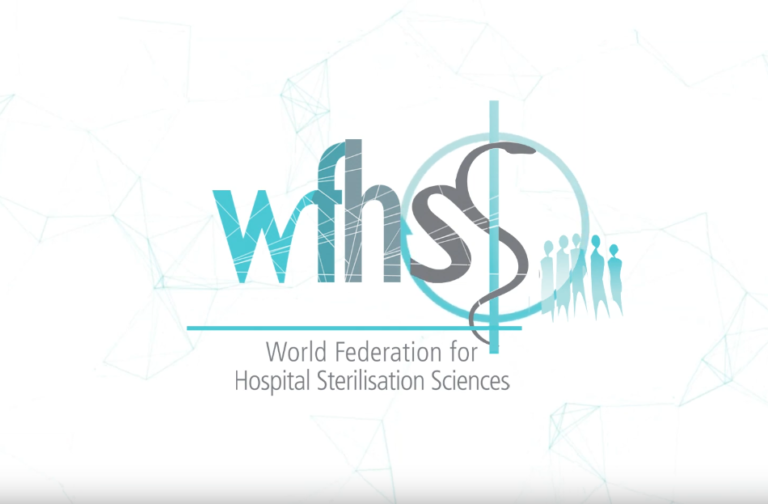Point of use processing includes all operations performed at point of use before transport of a Reusable Medical Device (RMD) to the reprocessing room or sterilization department.
![]() Point of use and reprocessing services may be in different locations (in the same building or distant). Reprocessing operators may not be employed by the health care facility (for example, in case of outsourcing)
Point of use and reprocessing services may be in different locations (in the same building or distant). Reprocessing operators may not be employed by the health care facility (for example, in case of outsourcing)
Point of use processing is performed by employees who received appropriate training on RMD and occupational health and safety precautions related to handling of contaminated RMD’s
Point of use operators wear adapted protective equipments and
|
Main objectives of point of use processing are to:
- Separate RMD from single-use and waste. Single-use items, waste are disposed according to applicable waste management regulation. Specific precautions are required for sharp items and needles.
- Isolate RMD concerned by specific prion risks measures according to applicable local regulation.
- Avoid drying of soils on RMD
| If left to dry, soils stick to the device and become difficult to remove thereby rendering their cleaning more difficult. Lumens can become obstructed with organic material. Leaving the RMD overnight or over the weekend must be avoided. Long delays in processing contribute to the formation of biofilm that will shield microorganisms from routine cleaning procedures. Blood, other bodily fluids, and saline are highly corrosive and can cause pitting of instruments |
- Prepare an RMD for its transport to the reprocessing room or sterilization department.
RMD are securily installed in transport containers to avoid shifts and damages during transport. Special attention is paid to fragile and items. Sharp components are separated Transport containers are closed. Containers carry clear indication that the content is biohazardous. Biohazard indications may be defined by local regulation. |
Point of use processing operations are performed according to RMD Manufacturer IFU’s.
- Throughout the surgical procedure, as needed, RMD’s are wiped with sterile moistened surgical sponges to remove gross soil, lumens are irrigated with sterile water.
- Immediately after use, outer debris are wipped off, working channels are flushed. Flexible endoscopes require specific measures.
| The insertion part is wiped with a lint-free cloth. The cloth is saturated with an instrument-cleaning, cleaner-disinfectant solution which has no protein-fixing effect. The channels are flushed with the same solution. For the air/water channel, water from the rinsing bottle can be used. A leak test is carried out in accordance with RMD manufacturer IFU's. This ensures the early detection of leaks and perforations and the prevention of more serious damage by penetrating liquids. |
- RMD composed of more than one piece and surgical motors are disassembled according to RMD manufacturer’s IFU’s.
- Soaking at point of use may be recommended for complex devices (for examples, devices with lumen or complex geometries). It might be required or recommended by local guidelines. If implemented, point of use soaking takes place as follows:
| Cleaning and disinfection formulations complies to applicable regulation and international standards. Fixative processes such as dry heat or aldehydes are avoided. Soaking baths are prepared in basins dedicated for this use. Concentration and exposure time are according to manufacturer's IFU's. Renewal is acording to local recommendatons (after each patient, every 24 h or before if visibly soiled). Point of use automated pretreament might be recommended by some local guidelines when the transfer time to the sterilization department is long (for example during week-ends or overnight) |
- RMD are placed in transport containers in an orderly fashion.
| Fragile RMD's are adequately protected from transport shifts. Retainers may be required for microsurgical instruments and endoscopes. Optics are placed in special containers. Sharp instruments are segregated inside the container Heavy instrumentation is on the bottom and lighter, delicate instruments on top. Instrument trays are not overloaded. Size of containers avoids excessive kinking of flexible items. |
- If point of use soaking did not take place and if time before cleaning and disinfection is long, RMD are (1) covered with a towel moistened with water (not saline) over the instrument, or (2) transported in a container able to maintain humid conditions.
- If time to cleaning is short (maximum 6 hours) “dry disposal” is preferred to “wet” disposal to limit RMD corrosion.
- Containers are closed and preferably lockable.
Point of use processing standard operating procedures (SOP’s) are prepared in partnership with surgical and medical users, in accordance with quality management principles.
Process validation of point of use processing controls that:
- Trainings are executed.
- Occupational health and safety measures are in place.
- Waste management rules are known and applied.
- Traceability is operational.
- Standard Operating Procedures (SOP’s) are up to date.

WFHSS recommendations for point of use processing
- Point of use processing separates RMD’s from single use items and waste. Drying of soils is avoided by wiping, flushing of lumen, soaking in a cleaning disinfection bath. If time before cleaning is long additional precautions are taken before placing RMD’s in closed, preferably locked, transport containers.
- Point of use Standard operating procedures (SOP’s) are prepared in partnership with surgical and medical users.
- Handling of contaminated RMD requires a good knowledge of RMD’s and adapted occupational health and safety measures.
- Process is implemented according to quality management principles.

Used on patient or withdrawn from packaging
Go to Preparation for cleaning – Key principles →
1 of 7 Preparation for cleaning at point of useAccording to SOP’s Gross soil removal, soaking, careful installation of RMD in closed container
Go to Preparation for cleaning – process →
2 of 7 Preparation for cleaning in reprocessing unitAccording to SOP’s
Go to Preparation for cleaning – process →
3 of 7 RMD Ready for cleaning and disinfectionRMD prepared for cleaning
Go to Storage – Key principles →
4 of 7SOP’s prepared in partnership with medical or surgical users
Occupational health and safety measures
Go to ![]() WFHSS recommendation for preparation for cleaning →
WFHSS recommendation for preparation for cleaning →
Transfer to sterilization department or reprocessing room
Go to Preparation for cleaning – process →
6 of 7Controls
Go to Preparation for cleaning and quality →
7 of 7- ISO 17664-1: Processing of health care products — Information to be provided by the medical device manufacturer for the processing of medical devices (2017)













